Mazda Details Turbocharged Mazda 3; New Base Model Sinks in Price

The big news at Mazda right now are the two new additions to the compact 3 line for 2021. Bookending the model’s range, the fresh faces include a new entry-level trim that adopts the 2.0-liter four-cylinder ditched for 2019, plus a turbocharged all-wheel drive model positioned at the top of the heap.
It’s a tale of two very different prices.
First, the fun stuff. The Mazda 3 2.5 Turbo borrows the turbocharged 2.5-liter recently added to the Mazda 6 sedan and CX-5 crossover. Making 250 horsepower and 320 lb-ft of torque on premium fuel, the model’s output drops to 227 hp and 310 lb-ft if you fill up on regular.
Available as both a sedan or hatchback, the 2.5 Turbo is only offered with i-Activ AWD and an automatic transmission. Sorry, purists. It’s also on the pricey side, topping the previous top-rung Premium Package AWD sedan by $1,650 (that model rises $350 for ’21). A pre-destination entry price of $29,900 gets you the Turbo sedan, with the hatch stickering for $30,900.
Spring for the 2.5 Turbo with Premium Plus package, and you’re talking $32,450 before destination for the sedan and $33,750 for the hatch. The Premium Plus package adds a slew of niceties like adaptive LED headlamps, full-color head-up driving display, leather seats, moonroof, and 18-inch aluminum alloys, though Turbo hatches with this package also carry a standard front air dam and rear roof spoiler.
Those looking to kit out an entry-level Turbo hatch can choose from appearance upgrades that include the aforementioned spoiler and dam, plus side sills and a rear diffuser. Eighteen-inch blacked-out BBS wheels can be had, too, for just under $919 a wheel. In the absence of the Premium Plus package, the aero add-ons total $1,900.
At the complete opposite end of the trim range, U.S. buyers who like the 3’s shape but couldn’t care less about power can get into a front-drive 2.0 sedan. The returning 2.0-liter (155 hp, 150 lb-ft) can be had only in sedan form, with the motor available only with a six-speed auto. Canadian customers never lost this option. For this trim, Mazda cuts a grand off the price of its previous base 3, asking $20,500 before destination. The former entry-level trim, the 2.5 S, still starts at $21,500, with the hatchback asking a grand more.
As stated previously on these pages, if the widening of this model’s net doesn’t help Mazda capture more buyers, nothing will. The brand’s pretty much out of options when it comes to the already diverse 3.
[Images: Mazda]

More by Steph Willems
Latest Car Reviews
Read moreLatest Product Reviews
Read moreRecent Comments
- Bd2 If I were going to spend $ on a ticking time bomb, it wouldn't be for an LR4 (the least interesting of Land Rovers).
- Spectator Wild to me the US sent like $100B overseas for other peoples wars while we clammer over .1% of that money being used to promote EVs in our country.
- Spectator got a pic of that 27 inch screen? That sounds massive!
- MaintenanceCosts "And with ANY car, always budget for maintenance."The question is whether you have to budget a thousand bucks (or euro) a year, or a quarter of your income.
- FreedMike The NASCAR race was a dandy. That finish…



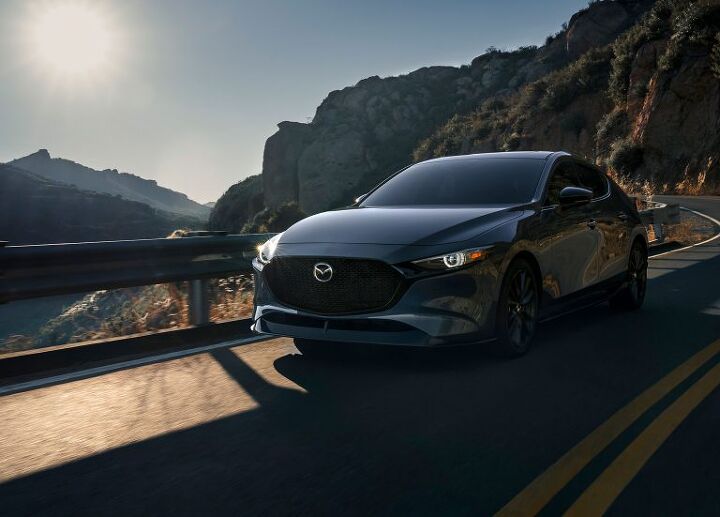




















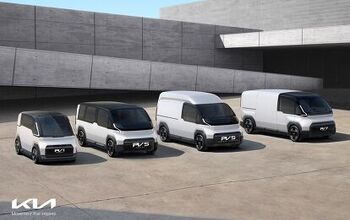
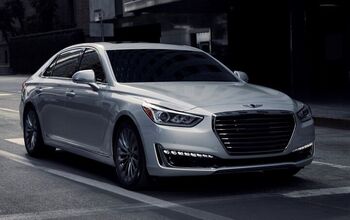

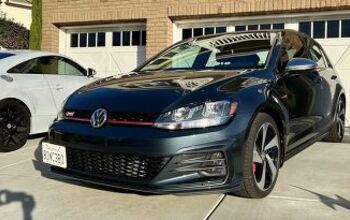



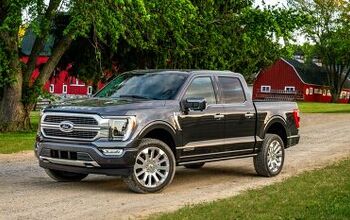


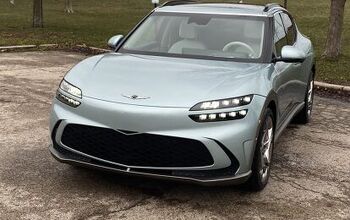
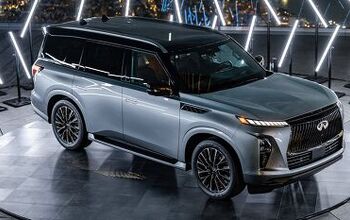

Comments
Join the conversation
All those internet complainers about the weaksauce 3 needing more motor had better run out and buy the 2.5T. As predicted, it will run close to the mid-30s, where the competition is tough.
TTAC thank you for not engaging in the exaggeration of Car and Driver who breathlessly reported $40K for a loaded model but they were including a body kit for over $1000 and almost $4000 in a special wheel and tire package. Few adults will want the body kit and any idiot can do better than $4K for a wheel and tire package in the aftermarket. Honestly given the price of the GLI and the upper trim/performance Veloster I feel this is competitive.